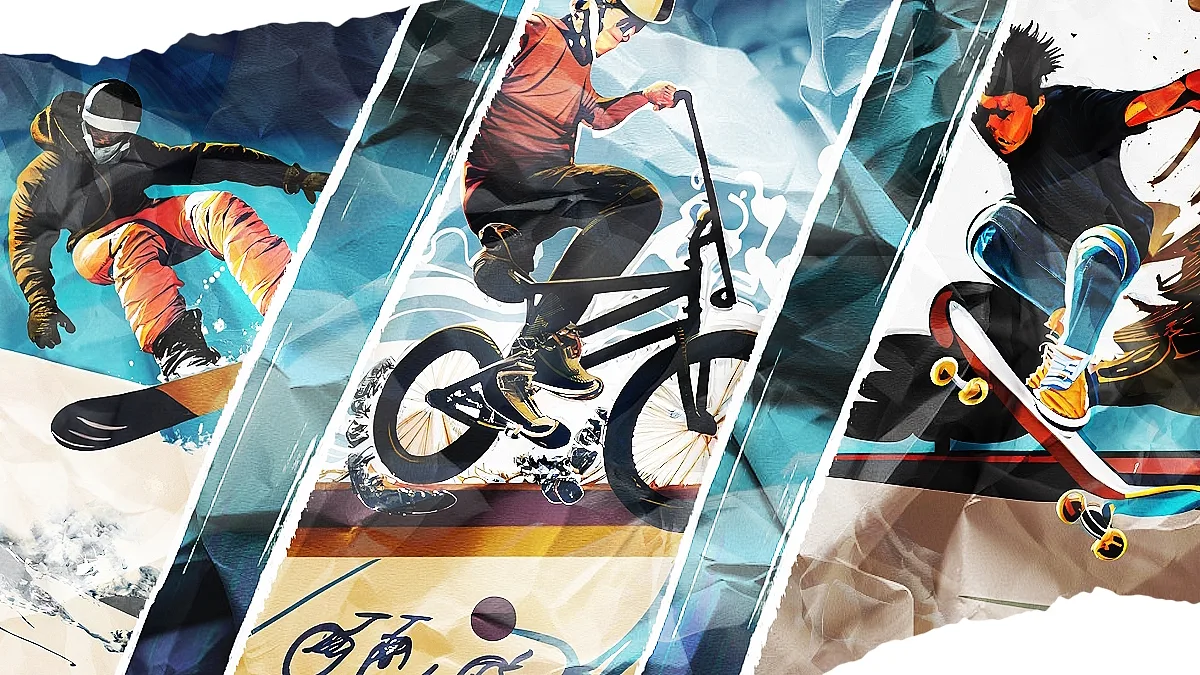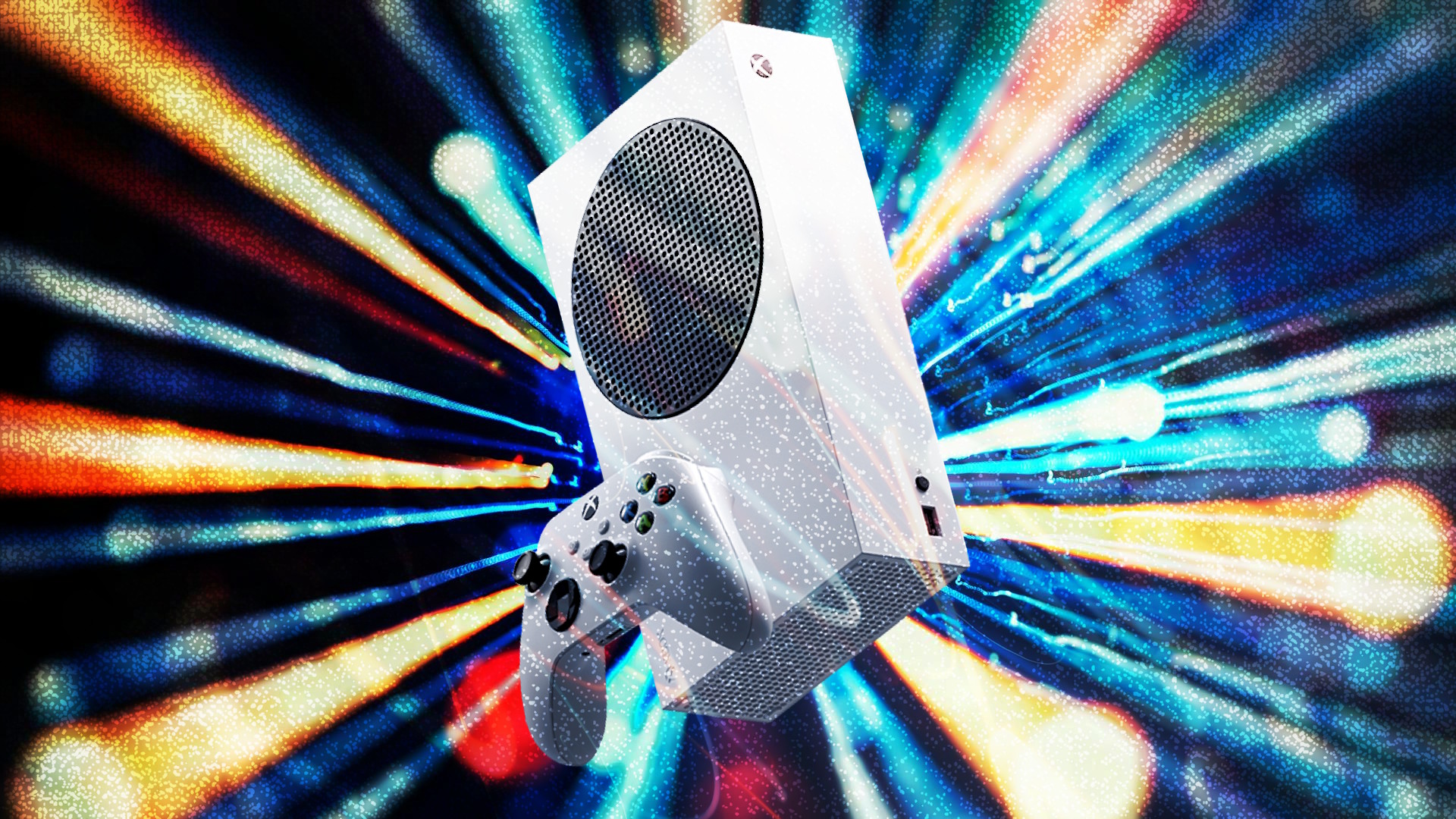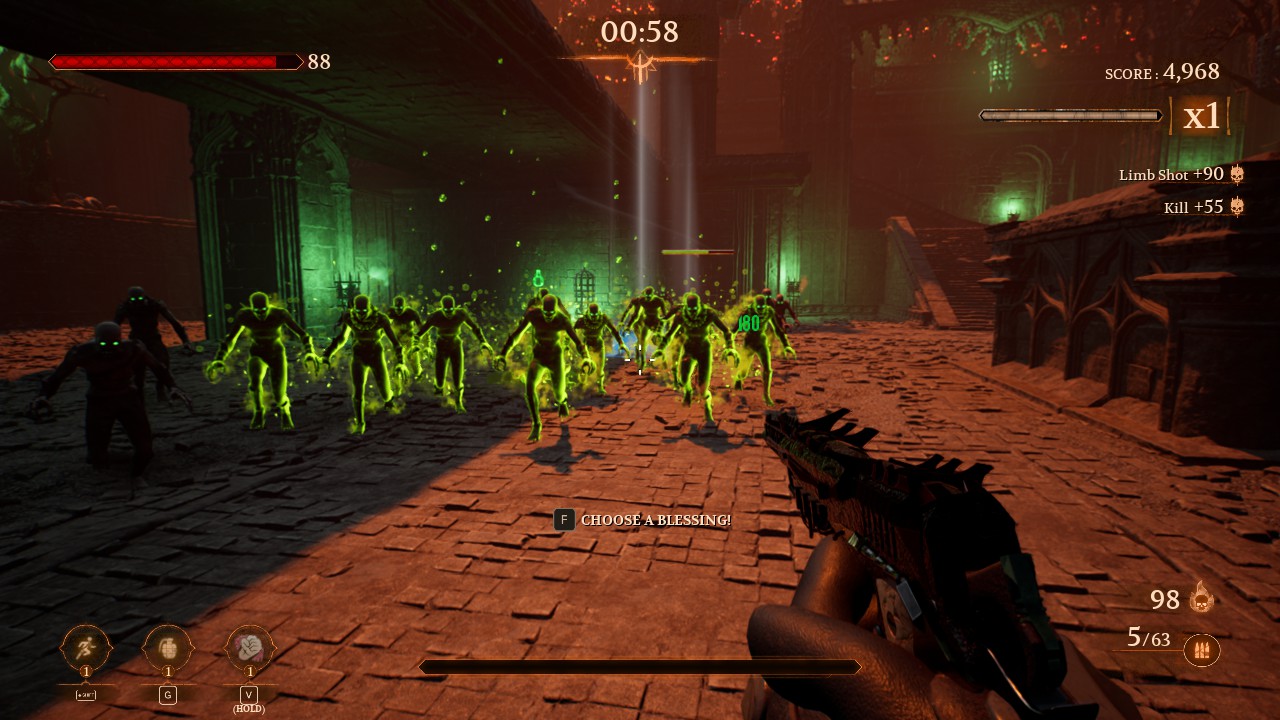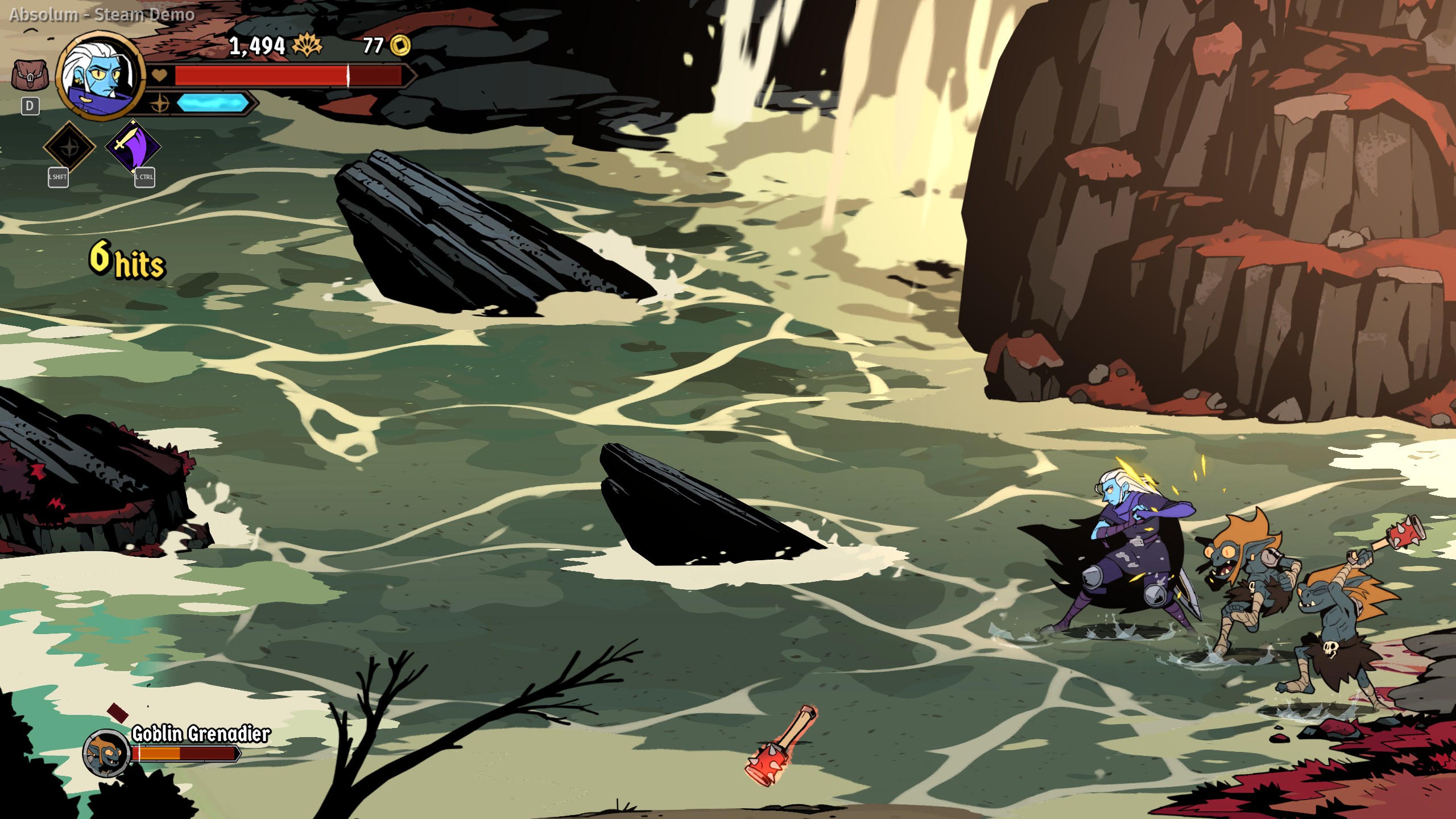Turning the clock back to a little over 20 years ago, 3D games were in their infancy. This was around the time of the 5th generation of game consoles, including systems like the PS1, Dreamcast and Nintendo 64. Every genre got a new lease on life as they all gradually entered the 3D era for the first time, but one genre that greatly benefited was that of sports titles.
Sports games were nothing new or revolutionary by this point, but now that they had access to the Z-axis, the level of complexity was turned up to 11.
This gave birth to what are still recognized today as amazing games, such as Tony Hawk’s Pro Skater, Wave Race 64, and 1080 Snowboarding, among a variety of other titles. By the time we get to the early and mid 2000s, such games are even more refined and dynamic, thanks to the power of the 6th gen systems. This allowed for bigger worlds, sleeker visuals and better controls, all of which further drove up their popularity.
Despite these being absolute hits in their day, many of these franchises are now relics of the past. What ever happened to these grungy, arcadey sports games?
Kicking off the turn of the millennia
When you ask any game fan for a list of some of the standout titles from the late 90s/early 2000s, you’d be hard-pressed to find anyone who doesn’t mention Tony Hawk’s Pro Skater.
The first entry launched in 1999, just before the turn of the millennia. With that being the case, 3D gaming had already been well established for roughly half a decade by the time of it was released. Even so, the arrival of Tony Hawk’s Pro Skater essentially kickflipped the sub-genre of arcade sports titles to a whole new level.
Before we move forward, it must be mentioned that the style of sports titles I’ll mostly be focusing on revolve around the use of gear: think snowboarding, skateboarding, etc. Thus, ball-based series like Madden, Fifa, NBA, etc and similar titles aren’t what’s on the roster for this piece. In fact, not much has changed in that section of the sports games world, but that’s a tale for another time.
Wave Race and 1080° — Nintendo’s iconic dabble in the genre
Before we get into the post-Tony Hawk’s Pro Skater era, pre-dating it are the likes of Nintendo’s own Wave Race 64 and 1080 Snowboarding.
These titles were and still are special for a variety of reasons. For one, they stand out in quite a stark contrast compared to most of Nintendo’s other in-house offerings. Rather than leaning into a more cartoony/fantasy aesthetic, they’re very much more on the realistic side of things. This brings them more in line with other classic sports series from this era like THPS and SSX.
Both the aforementioned titles released on the Nintendo 64, with Wave Race 64 coming first in 1996. It’s actually the follow-up to the original Wave Race which released a few years prior on the Game Boy. The dramatic shift from a simple 8-bit title to a fully 3D, 64-bit release was amazing for its time. In fact, Wave Race 64 is still seen by many as a beautiful game, despite its age. This is thanks to its semi-stylized visuals and impressive water physics.
Popular gaming YouTuber ‘ModernVintageGamer’ released a short doc a few months ago that details the lengths Nintendo’s team went to in order to provide such stellar wave behaviour to the early 3D racer.
Switching from tropical seascapes to snow-capped mountains, Nintendo’s 1080 Snowboarding also came to the Nintendo 64 two years later.
Just like its water-based cousin, the powdery slopes of 1080 impressed players with an authentic control system and sleek visuals. While both games look crude by today’s standards and even their controls aren’t as fluid as they seemed at the time, they both served as a great blueprint for future titles, especially their direct sequels.
Another ‘special’ attribute that both of these games share with each other is that they caught a second wind on the N64’s successor, the GameCube. Wave Race was again the first to hit the system, with Wave Race: Blue Storm releasing in 2001. It features greatly enhanced visuals, with water simulation and presentation that still impresses to this day. Nintendo tightened up the control scheme and ditched the stylized aesthetic of the N64 entry for an art style that truly goes for a realistic tone, albeit with a splash of more color.
1080 Avalanche then swooped down the slopes in 2003, again showing a big visual upgrade over its predecessor. 1080 Avalanche features a sick trick system, while keeping the action fairly grounded with some realism, grinding the rail between being a bit of a sim and a bit more on the arcadey side of things.
Nintendo has not touched either of these series ever since.
The most attention either have gotten in recent years are the N64 titles being re-released as part of Nintendo’s Virtual Console collection on Wii and Wii U.
More recently, they’ve both also appeared on the Nintendo Switch Online collection of retro titles. However, actual new entries have not been discussed in any meaningful capacity since the GameCube era. These are two of the earliest examples of games from this era coming in hot and then fading out almost just as quickly.
SSX — EA’s long lost darling
One series that had a longer tail was EA’s SSX franchise. This was part of the big and bold EA Sports collection of games which within of itself is also a relic by today’s standards.
While 1080 went for a more realistic style of gameplay, SSX played things far more loosely, with a focus on player’s pulling off extreme, vivacious tricks. This focus on tricks was further encouraged by the stylish, well-animated poses of the riders, complete with colourful energy flows flying off rider’s hands and board tips as you soared through the air.
SSX first got its start in 2000 as an exclusive to the PS2, also home to the vast majority of these iconic arcade sports titles throughout the 2000s.
The next entry in the SSX series was released only a year later in 2001, SSX Tricky. It expanded both the gameplay formula and platform list, riding also onto GameCube and Xbox, in addition to the PS2.
The series would continue to shred through the 2000s with a few more entries, like 2003’s SSX 3 and SSX on Tour in 2005. The momentum was shifted with the release of SSX Blur in 2007, an exclusive for the Nintendo Wii. This entry focused entirely on a new control scheme, built with the Wii’s motion controls in mind.
After that, the series went MIA for quite some time, only to finally resurface in 2012 as a soft-reboot with the simply titled SSX. It was EA’s first and only shot at bringing the series into the HD era of the Xbox 360 and PS3. It’s particularly notable considering that both of those systems were very late into their lives by this point.
Serving as a return-to-form for the series, SSX 2012 featured similarly stylish trick mechanics to the earlier entries, albeit with a visual identity more on the realistic side. Despite being a critical and commercial success, EA has had the boards for SSX in storage ever since.
Shaun White — Tony Hawk’s not-related snowboarder cousin
Serving as a little bit of a direct competitor to SSX and likely inspired by the ‘athlete turned into a poster video game star’ formula that was made popular with Tony Hawk, Ubisoft’s Shaun White Snowboarding series shredded through the mid 2000s into the 2010s, with two main entries and then one skateboarding spin-off.
Overall, the series was relatively well received, but very short lived. Shaun White Skateboarding came and went in late 2010 with nothing else from the series following it.
On the more obscure side of things and as a bit of a personal entry, WildTangent’s Snowboard SuperJam came to Windows PC all the way back in 2005 and was clearly also inspired by SSX‘s outrageous tricks and colourful visuals.
Seeing that SSX never came to PC, Snowboard Superjam kind of scratches the itch, although it’s a far smaller title. It’s actually still available to download today, making it even easier to access now in modern times than a lot of these older titles we’ve discussed so far. As obscure as Snowboard Superjam is, it’s not the only extreme sports title from this era that slipped under the radar.
Kelly Slater’s Pro Surfer — Diving into the obscure arcade sports games
To be quite honest with you, I can’t even fully remember how I came across Kelly Slater’s Pro Surfer, but I do know that the foggy memory of it was retained just enough to resurface when I was brainstorming.
This is a great example of the entire crux of this piece for both good and bad reasons. On one hand, its existence shows that this overall game category was once active enough to span into a variety of different sub-genres, but also just how much of it all has been totally removed from the modern zeitgeist.
Kelly Slater’s Pro Surfer may sound like a very on-the-nose imitation of THPS, albeit with surfboards rather than skateboards, but they’re actually cut from the same cloth. KSPS was developed by Treyarch and published by Activision O2; two of the same companies that worked on some entries of THPS.
Released in 2002 for GameCube, Xbox, PS2 and PC, it was developed after the original THPS became a smash hit. The entire aesthetic between the two games is very similar, down to the UI of the menus and rock-based soundtrack. Even the gameplay formula is the same, with a focus on pulling off a chain of tricks for as long as possible to rack up a monstrous number of points.
Of course, the key difference here is that the gameplay dynamic of surfboarding is very different than skateboarding. That said, the water physics and visuals were considered great for its time.
Kelly Slater’s Pro Surfer was well received with mostly fair review scores, but it goes without saying that it didn’t leave much of a legacy; perhaps this is the first time you’ve even seen this game.
The series itself is a one-hit wonder, if you even want to call it a hit at all. Perhaps the greatest length of the surfer’s legacy is the fact that he made a cameo appearance later on as an unlockable character in Tony Hawk’s Pro Skater 3, along with a surfboard as an unlockable special board. Other than this, Activision hasn’t acknowledged this branch of its Pro franchise at all.
On that note, surfing games in general have never really been much of a thing, for whatever reason. Although in real life, it’s another popular extreme sport right alongside snowboarding and skateboarding. Its success has just never translated that well in the videogame world. However, like KSPS, the sub-genre has had some other notable entries.
Surf’s Up — Even movie tie-in titles are a part of this history
For instance, another dedicated surfing game that comes to mind is the tie-in game to the 2007 Sony movie, Surf’s Up. Sharing the same name as its film counterpart, it was developed by Ubisoft Quebec and published by Sony.
This title hails from a time not just when arcade sports titles were more prevalent, but also when there was almost always a movie tie-in game for nearly every major animated film release. This game also serves as an example of how Ubisoft had a much more diverse portfolio of projects during this era. This won’t be the last mention of the company in this article, mind you.
Surf’s Up: The Game ditched what used to be the common trope of movie tie-in games featuring either an alternate story (usually set before or after the film,) or just flat-out retelling the story of the film entirely.
Rather, it focuses squarely on the high-octane surfing action in a fully arcade style format of picking a character and competing against others. More in the vein of a kart racer, there are collectibles to find in each stage and objectives to complete, all alongside pulling off tricks.
The death of movie tie-in titles is another topic that deserves its own piece, as this truly is a part of gaming that will go down in history for being immensely big at one point, only to nowadays be practically non-existent outside of typically just being mobile tie-ins.
At this point, we’ve spent enough time talking about the obscure. Let’s return to the arguably true OG of this long-lost genre, Tony Hawk’s Pro Skater.
Tony Hawk’s Pro Skater — The arcade sports game that got everyone hyped
As touched on earlier, Activision’s Tony Hawk Pro Skater really did create a whole new wave behind it. For a good number of years, each new entry in the series garnered more praise than the last, as it grew in both complexity and finesse. The controls got tighter, levels grew larger and the fanbase became more and more obsessed.
In a way, the game series kind of hit at exactly the right time, and under the right circumstances. In fact, it’s the legacy of THPS that got me thinking about the entire idea for this article.
Really think back to the era that THPS released in: the late 90s and early-mid 2000s. Most people associate this short, but iconic period with the aesthetics and the grungy, punk rock, ‘in-your-face’ branding.
The majority of popular products and styles during this time revolved around a high energy, rugged street sort of look. Everything was “Extreme!” and “Radical!”, especially if it was being targeted at kids and teens. Of course, video games fit right into this mold. Arguably, sports titles like THPS used it to the greatest effect.
Skateboarding wasn’t new by the time the first THPS released, but it did become significantly more popular. At the time, particularly kids and teens were watching it on TV and checking it out in magazines. Events like the X Games were also growing in popularity, likely as a result of all the exposure.
In addition to players of the games also getting into the sport for themselves with real skateboards, they could then use the games to practice their skills and pull off more complex and insane tricks that they likely otherwise wouldn’t be able to do in real life.
This whole era, some even referring to it as the ‘MTV era’ due to that TV channel’s massive reach at that time, all blended into the overall punk rock, grungy aesthetic.
Now having mentioned MTV, the early 2000s sounds of rock bands like Bodyjar and Goldfinger, filled the speakers of adolescents and young adults. The popularity of which, again, was fueled by the aesthetics and products of the times—which THPS played a big part in making it all mainstream. For players of the time, they may have even discovered these artists by the means of the games.
Like every era, the vibe of the late 90s-mid 2000s was quite defining. As time went on and the 2010s rolled around, this overall aesthetic faded in popularity. First it was overtaken by the street/rap vibes of the mid-2000s which eventually gave way to the minimalistic theming that was adopted in the later 2000s.
It’s also interesting that it was around this time that the Tony Hawk Pro Skater series began to fumble more and more and gradually fell from grace.
From the original game up until the 2004 release of Tony Hawk’s Underground 2, there were the strongest entries in the series from both a critical perspective and even that of the fans. From 2005’s Tony Hawk’s American Wasteland and onward, the series began to lose its footing. While there was a release every year from 2005-2010, each new entry was panned more than the last.
Activision tried to salvage the series with the 2012 release of Tony Hawk’s Pro Skater HD, a remaster/remake of the original game, but it was criticized for it not feeling as refined as the original. Not to mention that past entries like Tony Hawk’s Pro Skater 2x (2001, Xbox) already repackaged levels from the original game, with genuine improvements that outpaced even this supposed revamp.
Infamously, the series really crashed and burned with the much-maligned release of 2015’s Tony Hawk’s Pro Skater 5. Initially, it was highly anticipated by fans, as the “Pro Skater” line of the entire game franchise hadn’t been touched since 2002.
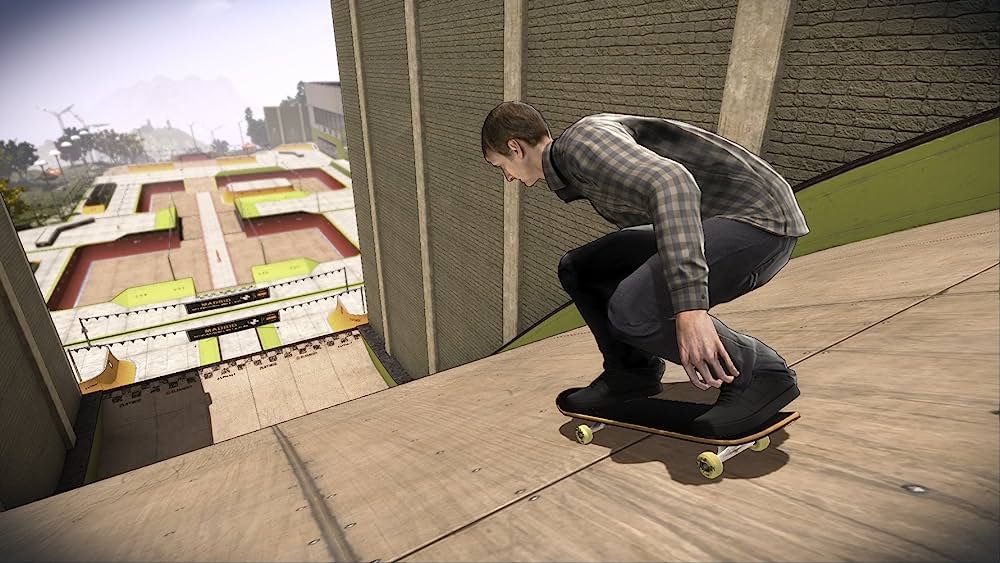
Fans were let down massively, as THPS5 featured hollow gameplay, in addition to a wagon full of bugs and glitches, all capped off with an unnecessary focus on online play. Overall, it was a bad package all the way through and nothing like what the original Pro Skater formula had set before it.
However, the one shining light in the series’ troubled recent history hails from 2020 of all years, with the release of Tony Hawk’s Pro Skater 1 + 2 by the talent at Vicarious Visions.
Unlike the rough job that was THPSHD, THPS1+2 was developed with keen attention to detail in mind. Utilizing Unreal Engine 4 and developed for modern consoles (PS4, PS5, Xbox One, Xbox Series X|S, Switch) and PC, it features properly remade graphical assets, resulting in a complete visual overhaul that brings the levels of the first two titles up to modern standards.
Not to mention that Vicarious Visions made sure to really study the mechanics of the original games and implemented that into this remake. Finally, fans were given what they wanted: a ‘real’ Tony Hawk Pro Skater game with modern tech.
All of this hard work by the devs paid off, as this was the most well-received entry in the entire series since the mid 2000s. Not to mention that this was the first big arcade sports title from that iconic era to really see the light of today.
Alas, despite all of the fanfare surrounding the release of THPS1+2, Activision shuttered the planned next remake of the third and fourth entry which Vicarious was also going to handle. Now, the series seems to be on ice yet again.
You had to be there
The fact that not even the once seemingly untouchable Tony Hawk’s Pro Skater franchise has stood the test of time seems to go to show that the genre of arcade sports titles from the late 90s-mid 2000s really is just, well, gone.
That time has since passed, and even this style of games has passed along with it. While it’s clearly not entirely inaccessible or even completely gone from the overall gaming world, it’s barely a fraction of the monolith that it once was.
We still get sports titles today, but not this kind. At least, not exactly.
I didn’t even touch on EA’s Skate series, which went wheel-to-wheel with THPS for a period of time. It also had quite a big following, but it too was eventually put out to pasture with the last release, Skate 3, having released all the way back in 2009.
When compared to SSX, EA didn’t touch nor really speak of the Skate series for eons, either. But now, Skate 4, or rather just, Skate as it’s being called, is finally a thing and it’s coming…at some point. It’s currently in active development, although is still being described as a title that’s still “early” in development.
The mighty dollar has changed it all
What really stands out about this new Skate title is the style of game. It’s a free-to-play title and this has caused the biggest shift throughout the entire genre of arcade sports games.
Not only is the aesthetic of all the big games mostly not around anymore, but the way these games were built and executed is also seemingly long gone.
Today, more and more games are seen as consistent income streams rather than one-time releases. As the mid 2000s rolled around and digital distribution became more commonplace, the focus was just on downloadable content. The popular business model is now ‘Games as a Service’, or simply ‘Live Service’ titles.
Here, games are often releasing as free-to-play titles with oodles of microtransactions that usually come in the form of booster packs, cosmetics and sometimes even entire gameplay elements. EA, to its detriment, has become almost synonymous with these sorts of releases which was why fans of Skate, although happy to see the series return, are waiting with skeptical eyes as to just how egregious the business model of the new game will be.
Compare this to how it was mentioned earlier that Kelly Slater was an unlockable character in THPS3. If that game launched today, he’d likely be available as a special limited time purchase. Almost all of these games had a lot of cool unlockable, cheats and secrets. Discovering these extra bits of content were part of the fun and rewarding to the player. Nowadays, more often than not, sports titles are synonymous with having to pay for extra content.
I did mention a while ago about how Ubisoft’s name would come up again.
Activision has seemingly flown the coop for now and EA might be preparing us for disappointment. With that being said, Ubisoft has remained as the one big company to still retain some of the classic arcade flair in the form of titles such as Steep and even timelier, Riders Republic.
There is one more…
The former was an open-world extreme winter sports title that featured a decently varied map where players could snowboard, ski and wingsuit their way down virtual renditions of real-world slopes and cliff faces.
Riders Republic took that formula and ran even further with it, incorporating not just winter sports, but an even wider variety in the form of BMX, downhill biking, air sports (wingsuits and jetpacks) and soon, skateboarding.
Released in 2021, Riders Republic is easily one of the most jam-packed arcade sports titles to hit the market in quite some time and thoroughly reminds me of these extreme titles from yore. Yet, it’s not often talked about, at least from what I’ve seen.
But, again, that one is certainly worth its own piece.
Check out more content:
Nintendo has a right to protect its IP, but how bad is emulation, really? | Even as a Wii U owner, Project Q for PS5 makes no sense to me | The Nintendo Switch almost shouldn’t have succeeded; what next?

